If you are a fan of Japanese cuisine, I am sure you have heard the word dashi. Dashi is Japanese soup stock fundamental to many traditional Japanese dishes. On this blog, I talk about the different types of dashi and show you a quick and easy Japanese home recipes for dashi-based master sauce. Normally dashi ingredients (explained below) are put into a pot of water and turned into a light flavoured soup stock (known as dashi). Then you would add different flavourings such as miso, soy sauce, sugar and mirin to make sauce or soup.
In this master sauce, katsuobushi is infused in soy sauce and mirin to create concentrated master sauce. When used in cooking, you will dilute the master sauce with water, at differing ratios depending on the final dish you are making. It is a magic recipe because once you have made the master sauce you can keep it in your fridge and you can create many traditional Japanese dishes easily at home using this sauce. I have added a couple of examples of its applications below. Happy cooking!
Different types of dashi
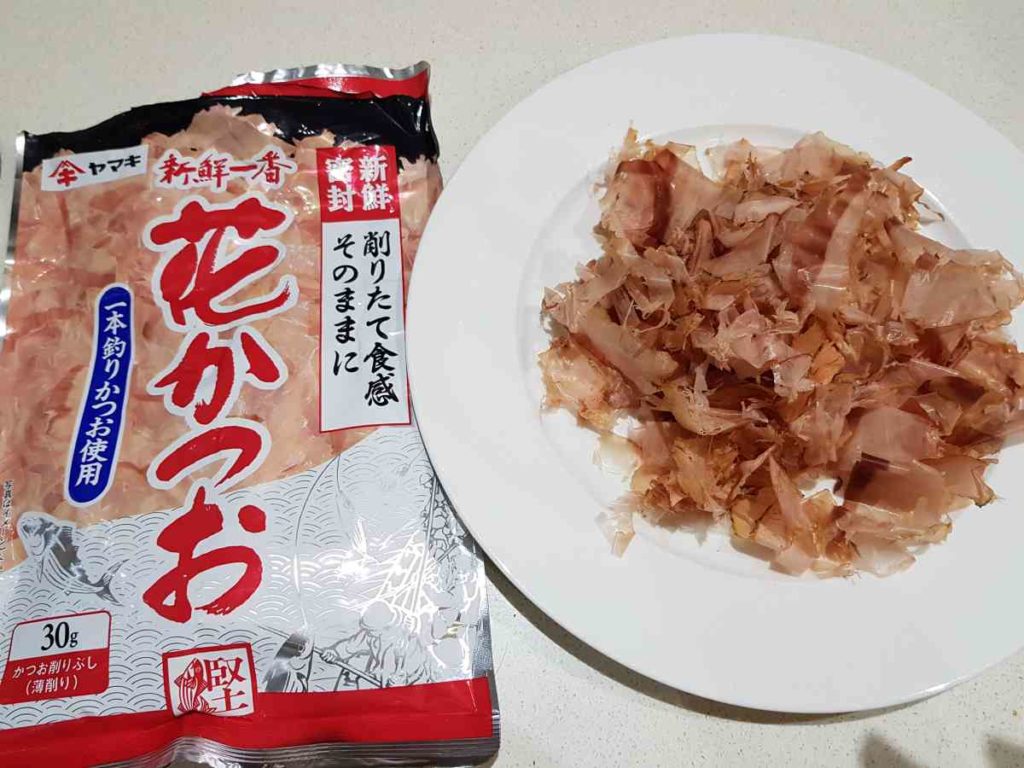
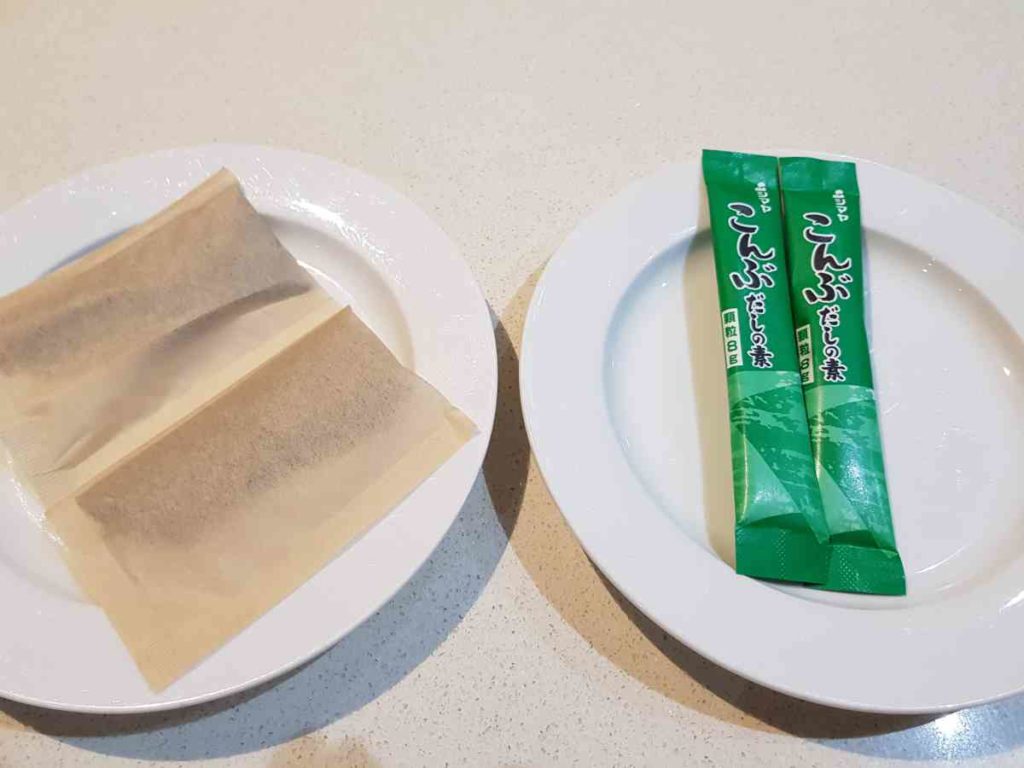
Dashi is Japanese soup stock often made from one or a combination of following ingredients.
- Kombu (dried kelp)
- Katsuobushi (dried bonito flakes)
- Iriko or niboshi (dried anchovies/sardines)
- Shiitake (dried shiitake mushrooms)
You would use different ingredients depending on the dish you are making just like soup stock of western cuisines such as beef, chicken or vegetable stocks. If you combine two or more ingredients you can create your own taste with more depth and nuance. Unlike other types of soupe stock which require hours of preparation, dashi making is deceivingly simple and quick.
The only important trick you have to remember is that preparation methods are quite different from one ingredient to another. For example kombu is usually soaked in cold water for a long period of time, from at least 30 minutes to up to overnight. On the other hand, katsuobushi is thrown into boiling water and strained out after a few minutes.
These days, there are a lot of ready-to-use dashi bags and sticks available as per the image on the right. They are very handy and some of them are of very high quality. My favourite readymade dashi bag is the ones from Kayanoya brand. Kayanoya is based in Fukuoka, which is my home town. We visit a Kayanoya shop on our food tours of Kyushu.
Dashi stock is usually clear with light amber colour. You can use dashi for variety of dishes from noodle soups to miso soup, hot-pot, braised meat and vegetables.
Recipe for dashi based master sauce
Usually you would make dashi (the soup stock) and then add different flavouring such as miso, soy sauce, sugar and mirin to cook Japanese dishes. This is fine, but because dashi does not keep well (only a few days in fridge), you have to make it each time you cook Japanese food. Today, I am showing you how to make a nice and easy master sauce using dashi ingredients.
Instead of the dashi ingredient boiled in a pot of water and add flavouring later, in this master sauce, the dashi ingredient is infused in a mix of soy sauce and mirin to create a concentrated master sauce. So, when you use it, you will need to dilute it with water depending on the dish you are making. In other words, it is a reversed process. The beauty of it is that because it is concentrated it keeps well in fridge for 3 to 4 weeks. Therefore, once mastered this sauce it is sure to expand your Japanese cooking repertoire endlessly!
In this example I used katsuobushi (dried bonito flakes) as a dashi ingredient because it is so quick and versatile, but you can use kombu, or a dashi bag or stick. (These items are available at Japanese speciality grocery stores or Asian grocery stores.)
I have also included below two common uses of this sauce, soba noodles and oyakodon (chicken and egg rice bowl).
Ingredients for dashi master sauce
- 1/2 cup soy sauce
- 1/2 mirin
- 15g katsuobushi (bonito flakes)
Cooking method
- Place a small saucepan on heat.
- Add 1/2 cup mirin and 1/2 soy sauce.
- When it starts to bubble, add 15g katsuobushi bonito flakes.
- Stir and soak the bonito flakes and bring it to boil (this only takes a minute or so)
- When boiled, strain the liquid through paper towel.
- When cooled transfer it to a sterilized glass jar.
- Keep it in fridge and use it in 3 to 4 weeks.
Cold soba noodle with dipping sauce (zaru soba)
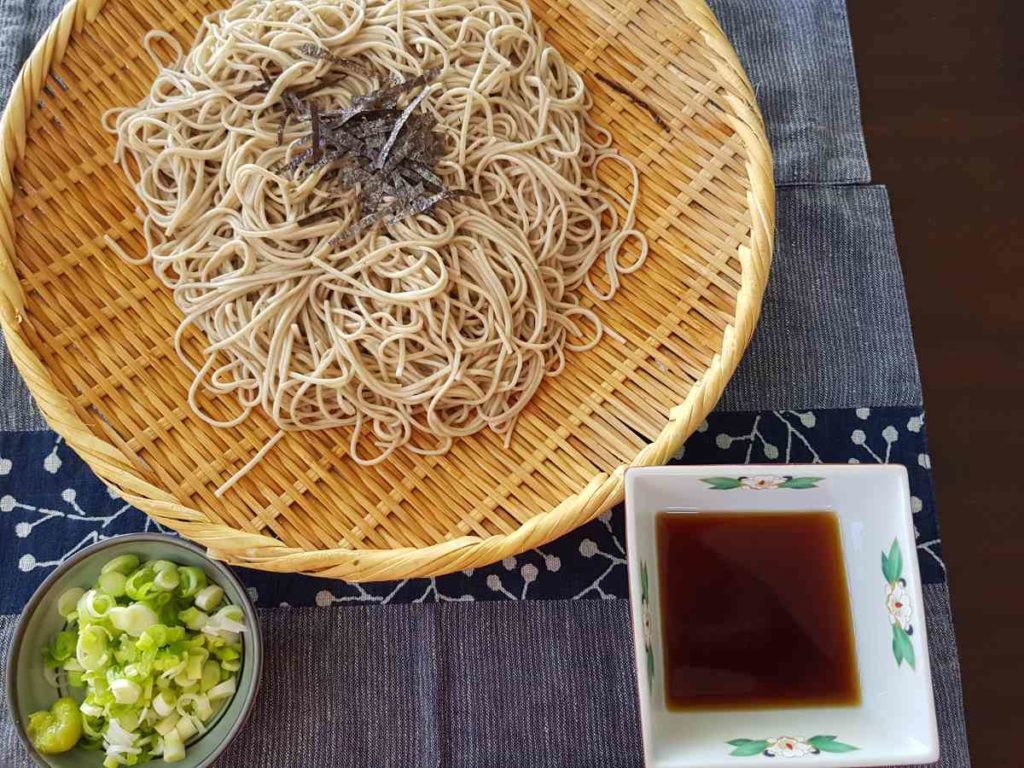
One of the most unique and popular Japanese noodle dishes. Soba noodles can be served in a warm soup or cold with dipping sauce. The latter, zaru soba is very popular especially in the hot and humid summer in Japan. You can readily buy soba noodles in your supermarket these days, so why not trying it this summer!
Ingredients (serves 2)
- 2 bunches dry soba noodle
- Dashi master sauce (recipe above)
Condiments - Chopped shallots
- Wasabi
- Shredded nori
Cooking method
- Boil water in big saucepan.
- Cook soba noodle as per packet instruction.
- Drain and run cold water to cool.
- Drain well and serve.
- To make a dipping sauce, dilute the master sauce with water at 2:3. Add wasabi, nori and chopped shallots into the sauce if you like.
Oyakodon (Chicken and egg rice bowl)
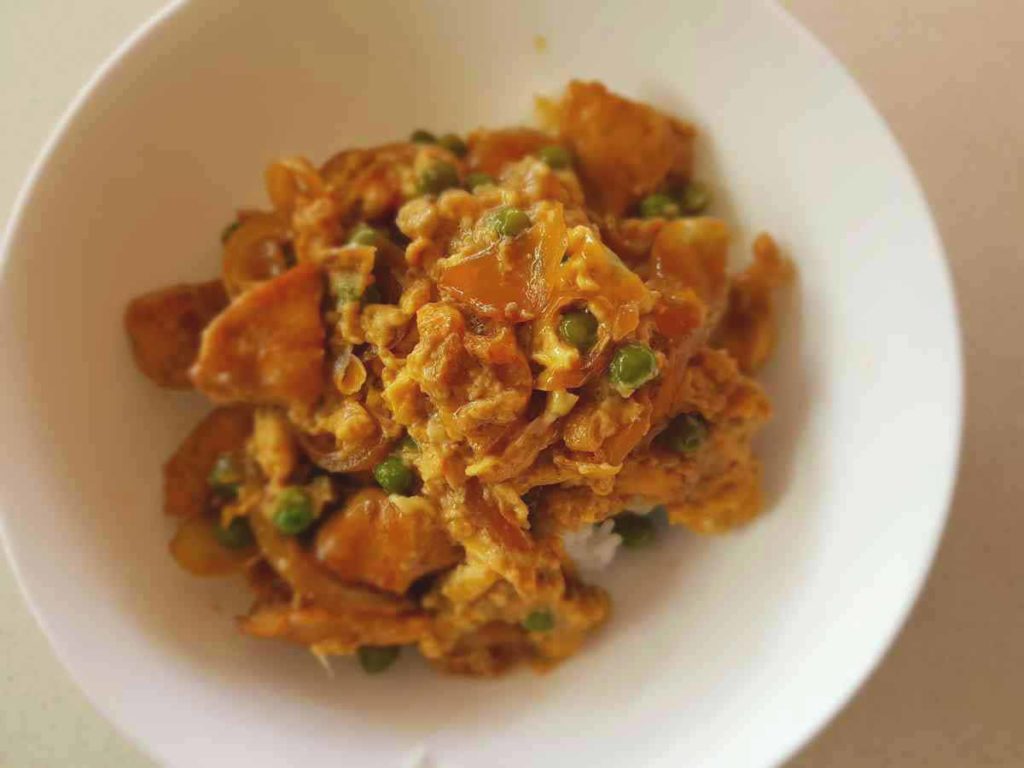
This is another very popular Japanese dish. You would often see it in a Japanese restaurant menu both in Japan and overseas, however, it is so easy to make at home, too. With the dashi master sauce it is even easier, and great option for a busy weekday night dinner. I like adding frozen peas for a bit of colour and nutritional balance. It is guaranteed to be a family favourite.
Ingredients (serves 2)
- 1 chicken breast fillet (I prefer skin on but you can use skin off, too)
- 1 large onion
- 1/2 cup frozen peas (optional)
- 1/3 cup dashi master sauce
- 1/2 cup water
- 3 eggs
- 2 bowls of steamed rice
Cooking method
- Cut chicken into bite size pieces.
- Slice onion into about 0.5 to 1 cm thickness.
- Heat frying pan and drizzle with oil.
- Fry chicken and onion on high heat.
- When chicken is browned, add the master sauce and water, and cook on lower heat until chicken is cooked through.
- Add frozen peas if you like.
- Beat eggs and pour into the pan.
- When eggs are just set, turn the heat off and serve it on steamed rice.
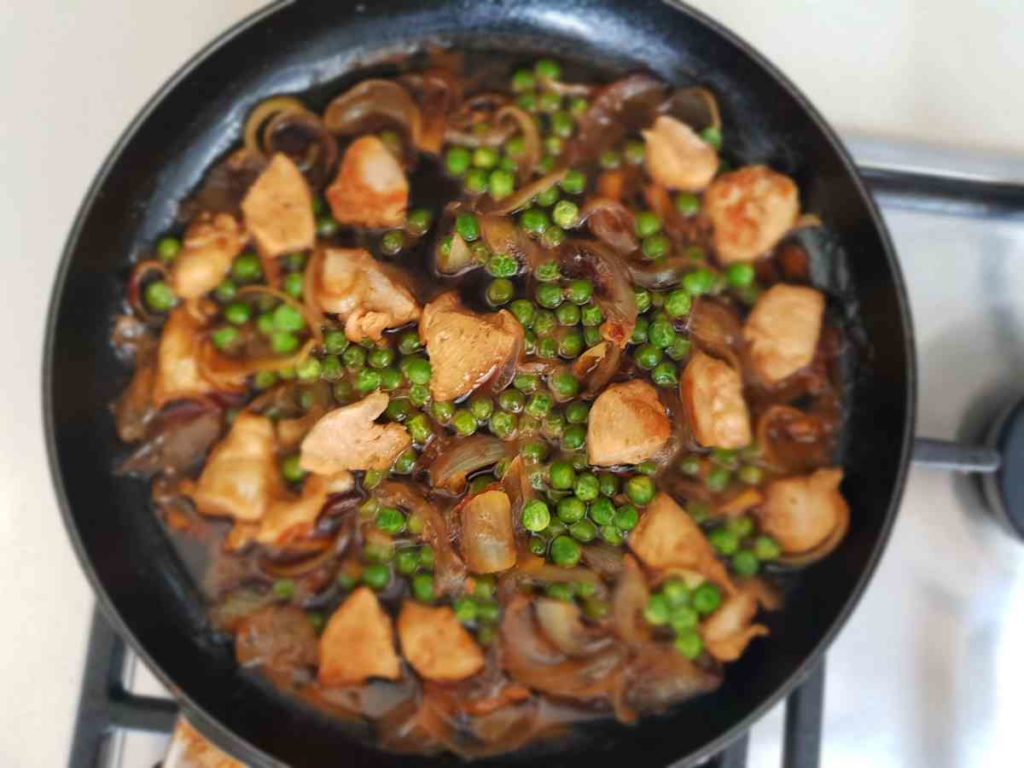
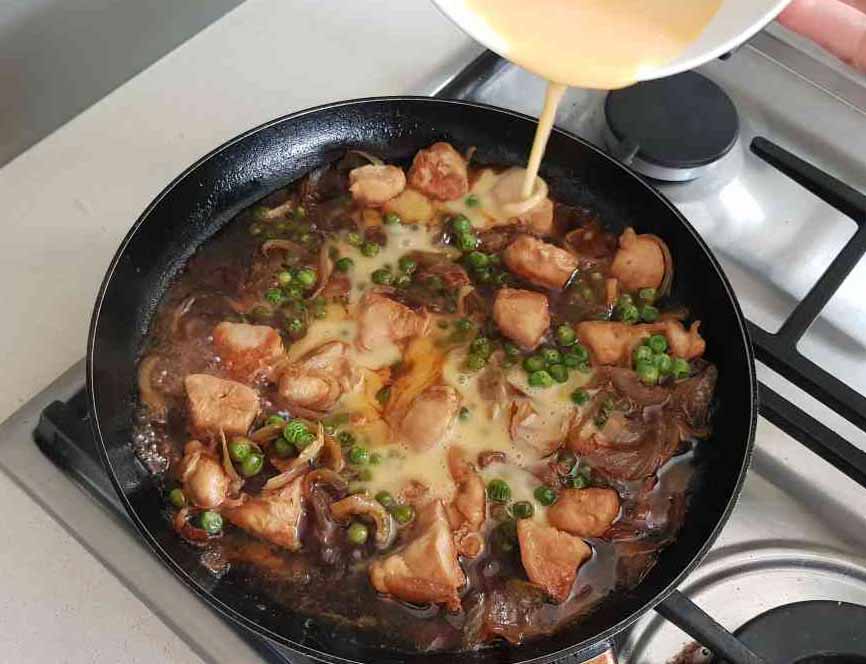
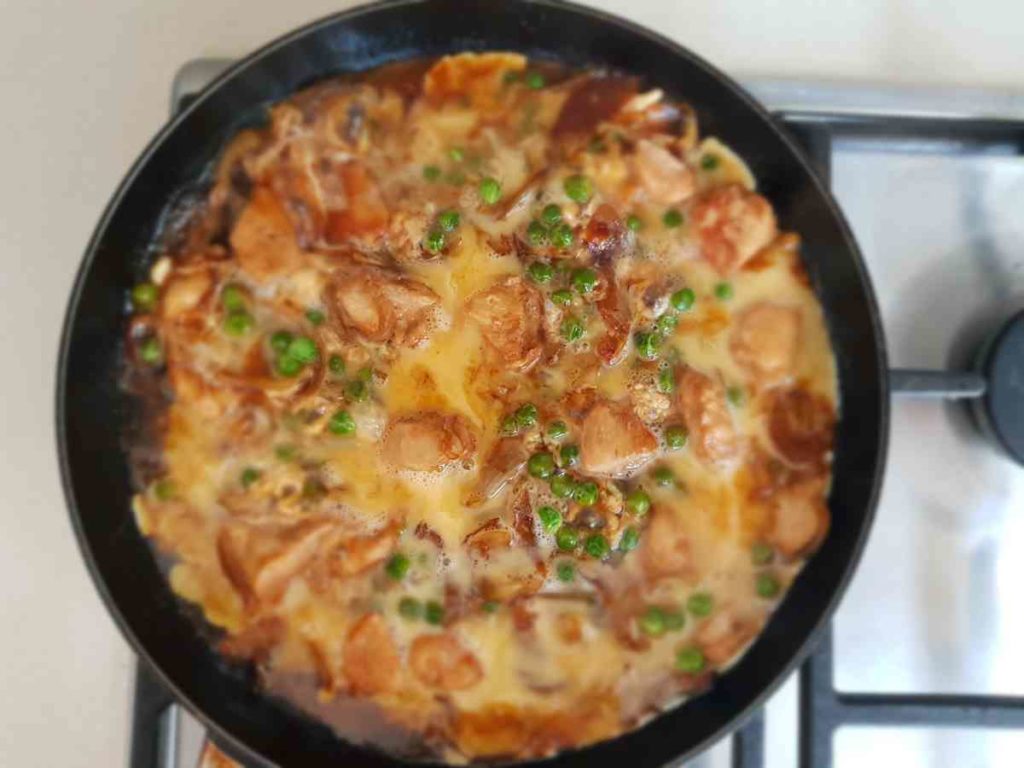
I hope you try my dashi master sauce and cook some Japanese dishes using it. Apart from the above, the master sauce can also be used as tempura dipping sauce. In my future Japanese home cooking recipes blogs, I will feature popular Japanese fried dishes including karaage, tonkatsu and tempura. Have you read my first Japanese home cooking recipe blog for fish?
Journey to the East offers a range of excellent Food Tours of Japan and each of them include a cooking class by professionals. Please check them out!